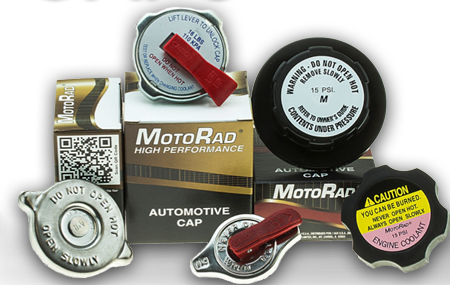Many years ago, the engine’s water pumps were always running full-time, pumping water through the engine block but not through the radiator.
How Radiators Work
The thermostats at the top of the radiator contain a spring-loaded valve, the spring being made of two dissimilar metals (bi-metallic similar to those of your house) and when the temperature reaches 180 °, the metals open the valve and allow the water pump to start pumping water into the radiator. This drives the air and due to vehicle motion would cool the water and keep it tempered to 180 °. This means that the cooling water in the radiator did not boil, and it was possible to remove the cap. The radiator, if uncapped, was prevented from accumulating internal pressure because there was no boiling.
A Simple Experiment
Take a glass of boiling water and place it on the sink when the house has a temperature of 70 °. Time how long it takes to cool down. Now, put the same glass of boiling water in the freezer and it can cool much more quickly. That’s because the difference in temperature was greater. The cooling rate is directly proportional to the difference between the two temperatures. Automobile manufacturers have concluded that a much hotter radiator would get rid of heat faster and could therefore be smaller. A smaller radiator would also reduce the frontal profile of the car, making it more refined and aesthetically pleasing. To do this, it was necessary to seal the radiator with a sealed cap to maintain a little pressure.
Modern motors and radiators
Currently, car radiators operate at about 210 to 220 degrees, just about boiling water temperature. Remember that if you boil water in a container where the pressure is above atmospheric pressure, the boiling point will be higher than 212 degrees. By making the radiator capable of withstanding higher pressures, the coolant can reach 220 degrees and transfer heat faster, and be smaller than the old ones with its 180 degree thermostats. It can be dangerous to open one with a safety lever radiator cap though. They are pretty handy when opening hot radiators.

